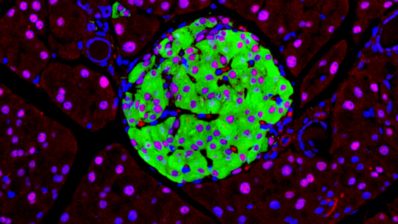Playing Beethoven’s 9th symphony, painting a Picasso, or simply enjoying both. It all starts with the egg. The exact movement of the fingers, the three-dimensional vision, the precise hearing or the brain circuits related with pleasure, they all exist thanks to the genetic program that has converted the microscopic oocyte we once were in the complex human being we are today.
The complex series of processes that take place from the moment of fecundation of the oocyte by the spermatozoid, forming a zygote, until the birth of an organism is what the field of embryology studies. During the embryonic period the body axes are determined (where is up and down, behind and the front, right and left), it is decided which cell will become a neuron and which a hepatic cell. The zygote is initially a single cell that divides exponentially, from 2 to 4, 4 to 16, 16 to 256. As they divide, the new cells start deciding which organs they will be part of, through the processes known as ‘differentiation’. But if all cells come one from another, and are therefore genetically identical, how can they end up being one a muscular cell and another a blood cell?
The final destiny of each cell depends on the communication with the other cells and on the precise expression of different genes in time and space (differential expression). This intercellular communication allows the millions of cells of different types to work co-ordinately as a whole organism.

It is essential to understand embryonic development since problems during this phase have usually serious consequences. Spina bifida is one of the many examples. It is a genetic malformation in which one or more of the posterior vertebrae don’t fuse correctly so that the spine is left without bone protection.
There are several groups at Biomedical Research Park of Barcelona (PRBB) who study embryonic development using different model organisms. Indeed, the ear and posterior brain development is studied in different groups in vertebrates, using chicken, mice and zebrafish. The fruitfly Drosophila melanogaster and the nematode C. elegans are also classics of development due to their relative simplicity and ease of doing genetic studies with them.







